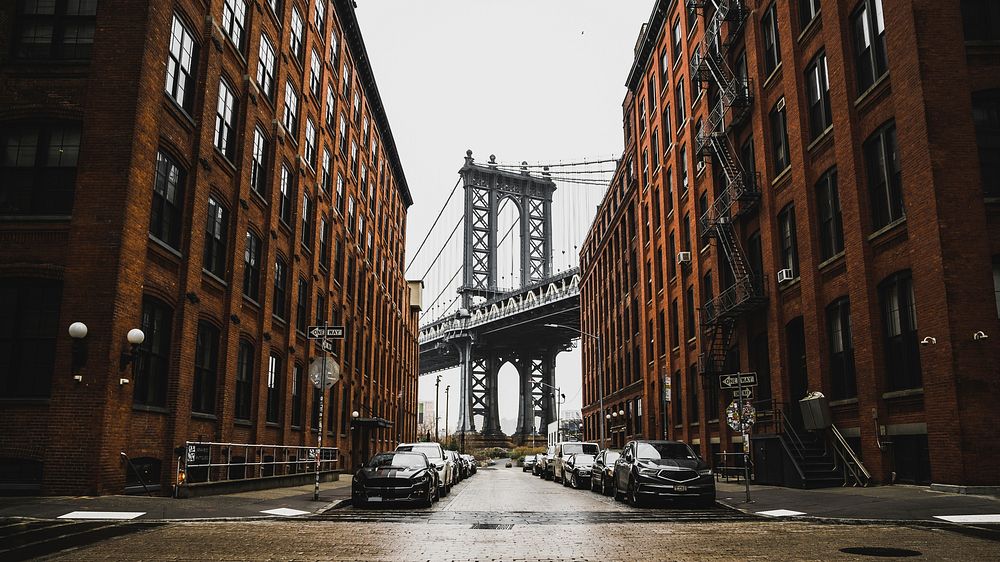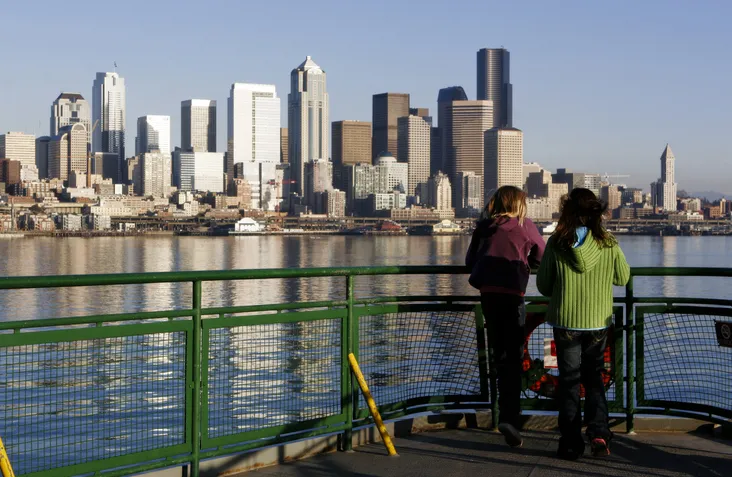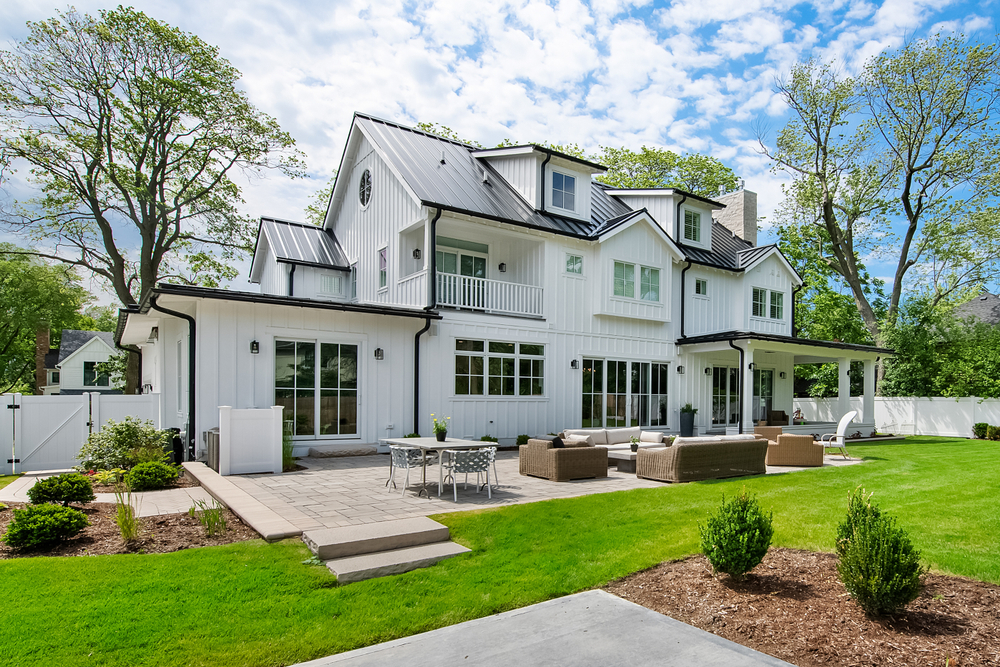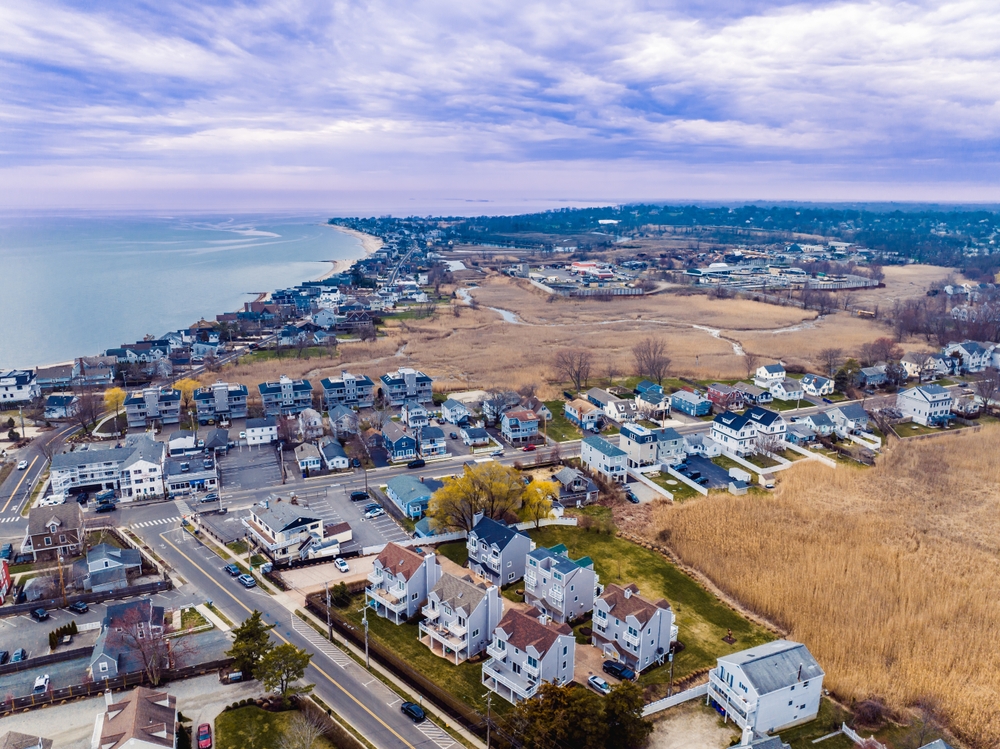The cost of living crisis isn’t coming—it’s already here. Between skyrocketing housing prices, unsustainable tax burdens, and wage stagnation, some states are on track to become financially unlivable for the average American within the next decade. Here are the 15 states where middle-class budgets will soon be completely obliterated.
1. California: The Golden State’s Gilded Cage

California’s median home price is already $800,000+, and with property taxes, insurance premiums, and utility costs surging, even six-figure earners are being priced out. By 2030, experts predict only the top 10% of earners will afford homeownership in major metros like Los Angeles and San Francisco, according to CNBC.
Renters aren’t safe either—average rents could hit $4,500/month in coastal cities, forcing mass migration inland. Add in the nation’s highest income tax rate (13.3%), and California is fast becoming a billionaire’s playground with no room for the middle class.
2. Hawaii: Paradise For The Ultra-Rich Only

Hawaii’s isolation means everything costs more—gas, groceries, electricity—but housing is the true nightmare, according to the Honolulu Civil Beat. The median home price is $1.1 million, and with 90% of the islands’ land controlled by trusts and developers, supply will never meet demand.
By 2030, locals will be entirely pushed out by wealthy transplants and vacation rentals, turning Honolulu into a luxury resort where teachers and nurses can’t afford to live. The state’s homelessness crisis will worsen as even middle-class families are forced into a mainland exodus.
3. New York: Manhattan: A Ghost Town Of Oligarchs

According to data published in the New York Post, New York City’s average rent is already $5,000/month in prime areas, and by 2030, only corporate expats and trust-fund kids will be able to stay. Upstate isn’t safe either—remote workers and NYC refugees have driven prices up 300% in some towns, with property taxes doubling in a decade.
The final nail in the coffin? New York’s $10,000+ SALT cap means high earners are fleeing to Florida, leaving middle-class taxpayers to shoulder the state’s massive budget deficits. Expect massive service cuts and even higher taxes on those who remain.
4. Massachusetts: The Brain Drain Is Coming

Boston’s median home price is $900,000, and with no rent control, tenants face 20% annual increases in some neighborhoods. By 2030, even tech and biotech workers—the state’s economic backbone—will struggle to afford mortgages.
Worse, Massachusetts’s high taxes and brutal winters are driving young professionals to cheaper states. The result? A shrinking tax base, crumbling infrastructure, and a state that’s only affordable for Ivy League elites and retirees with trust funds.
5. Colorado: Denver’s Wild West Housing Crisis

Colorado’s population boom has turned Denver into the next San Francisco, with median home prices doubling since 2015 to $700,000. By 2030, the entire Front Range will be unaffordable for service workers, leading to labor shortages in restaurants, schools, and hospitals.
The state’s water crisis will also drive up costs, as droughts force rationing and infrastructure spending. Unless you’re a remote worker pulling in $200K+, Colorado will be a playground for the wealthy, not a livable home.
6. Washington: Amazon’s Monopoly On Affordability

Seattle’s median home price is $950,000, and with no state income tax, property taxes are soaring to compensate. Tech salaries keep prices inflated, but rent consumes 50%+ of income for non-tech workers.
By 2030, the entire Puget Sound region will be a gated community for Microsoft and Amazon employees, while teachers, cops, and baristas commute 2+ hours from decaying exurbs. The state’s lack of income tax sounds great—until you see your property tax bill.
7. New Jersey: The Most Taxed State In America

New Jersey has the highest property taxes in the U.S. (9,500/year average), and with home prices up to 60,300K+, it’s tough to afford a decent house.
The state’s pension crisis is another ticking time bomb—$100 billion in unfunded liabilities means taxes must rise further. Young families are fleeing to Pennsylvania and the Carolinas, leaving an aging population and a collapsing tax base.
8. Oregon: Portland’s Progressive Paradise For The Rich

Oregon’s urban growth boundary laws restrict the housing supply, driving Portland’s median home price to $650,000. Rents are up 40% since 2019, and the state’s new corporate tax is pushing businesses (and jobs) to Idaho.
By 2030, Oregon’s homelessness crisis will rival California’s, with middle-class families trapped in bidding wars for crumbling bungalows. The dream of West Coast affordability? Dead on arrival.
9. Connecticut: The Slow Death Of The Suburbs

Connecticut’s wealth disparity is already extreme—Greenwich mansions vs. Bridgeport slums—but by 2030, even the middle-class suburbs will be unaffordable. Property taxes average $7,500/year, and with New Yorkers buying up shoreline homes, locals are being priced out of their own state.
The state’s crumbling infrastructure and pension debts mean taxes will keep rising. Unless you’re a hedge fund manager, Connecticut’s decline is inevitable.
10. Vermont: A Retirement Colony For The Wealthy

Vermont’s charm comes at a cost—zero housing inventory. Remote workers have driven prices up 75% since 2020, and with no major cities, wages stay stagnant. By 2030, the only Vermonters left will be trust-fund skiers and aging hippies with paid-off mortgages.
The state’s population is already shrinking, meaning fewer workers to support its aging residents. The result? Higher taxes, fewer services, and a state that’s postcard-pretty but economically doomed.
11. Maryland: DC’s Overflow Is Killing Affordability

Maryland’s proximity to Washington, DC, means federal salaries inflate home prices (550K median). But with no rent control, tenants face having to fork out 3,000/month for basic apartments. By 2030, even government workers will be priced out of the state they serve.
Maryland’s high income tax (5.75%) and sky-high tolls add insult to injury. This state is a financial trap unless you’re a lobbyist or senator.
12. Rhode Island: The Tiny State With Giant Problems

Rhode Island’s limited land means housing prices are up 90% since 2015, with no new construction to ease pressure. By 2030, even Providence will be a luxury enclave, with teachers and nurses commuting from Massachusetts.
The state’s pension crisis is one of the worst in America, meaning higher taxes are guaranteed. Rhode Island’s future? A retirement home for wealthy Boston expats.
13. Illinois: The Midwest’s Sinking Ship

Illinois’ population loss (500K+ since 2000) hasn’t stopped housing costs from rising. Chicago’s property taxes are double the national average, and the state’s $200B pension debt ensures they’ll keep climbing.
By 2030, only government workers with locked-in pensions will stay—everyone else will flee to Indiana or Wisconsin. Illinois isn’t just unaffordable; it’s unsustainable.
14. New Hampshire: No Income Tax, But Everything Else Costs More

New Hampshire’s “tax-free” reputation is a myth—property taxes are the 3rd highest in the U.S., and with no rent control, tenants are at the mercy of landlords.
By 2030, Boston’s overflow will turn southern New Hampshire into a commuter wasteland, with home prices matching Massachusetts’ but without the salaries to match.
15. Arizona: The Sun Belt’s Next Housing Disaster

Phoenix and Tucson were once affordable—not anymore. Home prices have doubled since 2019, and with water shortages looming, insurance costs are surging.
By 2030, Arizona’s desert cities will be uninsurable and unaffordable, a warning sign for the entire Sun Belt.
This article is for informational purposes only and should not be construed as financial advice. Consult a financial professional before making investment or other financial decisions. The author and publisher make no warranties of any kind.








